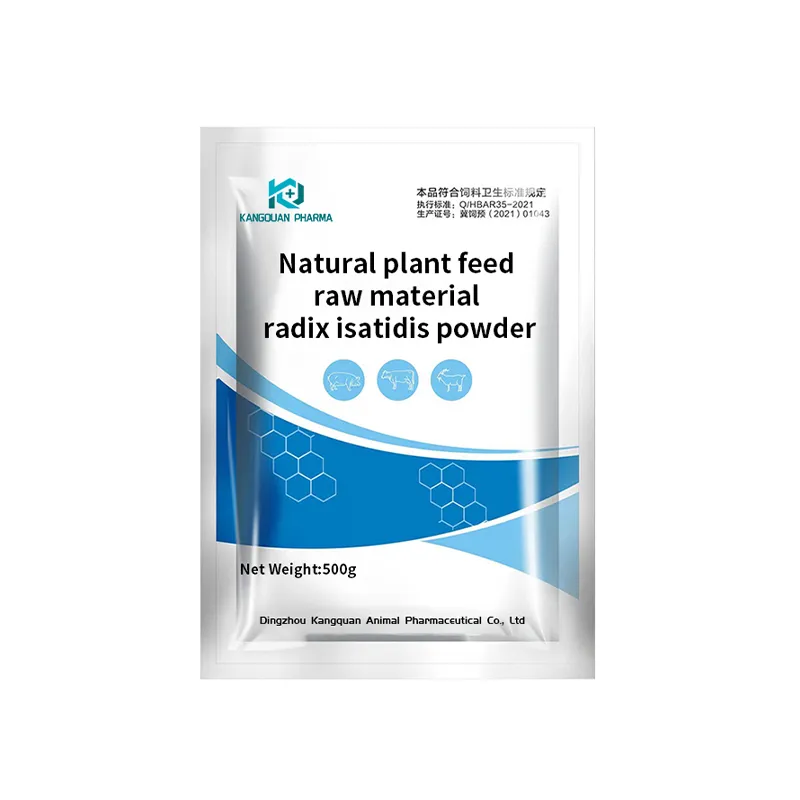- Afrikaans
- Albanian
- Amharic
- Arabic
- Armenian
- Azerbaijani
- Basque
- Belarusian
- Bengali
- Bosnian
- Bulgarian
- Catalan
- Cebuano
- Corsican
- Croatian
- Czech
- Danish
- Dutch
- English
- Esperanto
- Estonian
- Finnish
- French
- Frisian
- Galician
- Georgian
- German
- Greek
- Gujarati
- Haitian Creole
- hausa
- hawaiian
- Hebrew
- Hindi
- Miao
- Hungarian
- Icelandic
- igbo
- Indonesian
- irish
- Italian
- Japanese
- Javanese
- Kannada
- kazakh
- Khmer
- Rwandese
- Korean
- Kurdish
- Kyrgyz
- Lao
- Latin
- Latvian
- Lithuanian
- Luxembourgish
- Macedonian
- Malgashi
- Malay
- Malayalam
- Maltese
- Maori
- Marathi
- Mongolian
- Myanmar
- Nepali
- Norwegian
- Norwegian
- Occitan
- Pashto
- Persian
- Polish
- Portuguese
- Punjabi
- Romanian
- Russian
- Samoan
- Scottish Gaelic
- Serbian
- Sesotho
- Shona
- Sindhi
- Sinhala
- Slovak
- Slovenian
- Somali
- Spanish
- Sundanese
- Swahili
- Swedish
- Tagalog
- Tajik
- Tamil
- Tatar
- Telugu
- Thai
- Turkish
- Turkmen
- Ukrainian
- Urdu
- Uighur
- Uzbek
- Vietnamese
- Welsh
- Bantu
- Yiddish
- Yoruba
- Zulu
نوامبر . 21, 2024 02:38 Back to list
oxytetracycline hydrochloride injection uses for animals
Oxytetracycline Hydrochloride Injection Uses for Animals
Oxytetracycline hydrochloride is a broad-spectrum antibiotic that is widely used in veterinary medicine to treat a variety of infections in animals. Derived from the bacterium Streptomyces aureofaciens, this medication belongs to the tetracycline class of antibiotics, which are renowned for their efficacy against a wide range of gram-positive and gram-negative bacteria. This article discusses the primary uses of oxytetracycline hydrochloride injection in animals, its mechanisms of action, dosing considerations, and safety.
Medical Applications in Veterinary Medicine
Oxytetracycline hydrochloride injection is used primarily for the treatment of infectious diseases in livestock and companion animals. In cattle, swine, and poultry, it is effective against various diseases including respiratory infections, pink eye, and certain types of bacterial enteritis. Its effectiveness is attributed to its ability to inhibit protein synthesis in bacteria, thereby stopping their growth and reproduction.
One of the most significant applications of oxytetracycline is in the prevention and control of bovine respiratory disease complex (BRDC), a common ailment in cattle that can lead to severe health issues and economic losses. The injection is often administered as part of a treatment regimen to control outbreaks of pneumonia caused by Mycoplasma species and other pathogens.
In poultry, oxytetracycline is used to treat diseases such as infectious coryza and fowl cholera. Its use in aquaculture is also noteworthy, where it addresses bacterial infections in fish, improving the overall health and yield of aquatic farming.
Mechanism of Action
Oxytetracycline exerts its antibacterial effects by competitively inhibiting the binding of aminoacyl-tRNA to the mRNA-ribosome complex. This effectively halts protein synthesis, which is crucial for bacterial growth and reproduction. The broad-spectrum nature of oxytetracycline makes it versatile as it can act on both aerobic and anaerobic bacteria, as well as some protozoa.
oxytetracycline hydrochloride injection uses for animals

Dosing and Administration
The administration of oxytetracycline hydrochloride is typically done via injection, which allows for quick absorption and immediate therapeutic effects. Dosage varies depending on the type of animal being treated, the severity of the infection, and the specific guidelines provided by veterinarians. It is crucial to adhere to recommended dosages, as underdosing can lead to ineffective treatment while overdosing may cause toxicity.
Veterinarians often prescribe oxytetracycline in combination with other treatments to enhance its effectiveness, particularly in cases of multi-drug resistant infections. It's worth noting that the administration route, such as intramuscular or subcutaneous, can impact the absorption rate and overall effectiveness.
Safety and Precautions
While oxytetracycline is generally considered safe for use in animals, there are some precautions that must be taken. The use of tetracyclines during the later stages of pregnancy can potentially affect the developing fetus, leading to discoloration of teeth in the offspring. Moreover, animals with renal impairment should receive careful monitoring when treated with this antibiotic, as the drug is primarily excreted through the kidneys.
It is also essential to observe withdrawal times after administering oxytetracycline before the animal is processed for meat or milk. This ensures that antibiotic residues do not enter the food supply, adhering to food safety regulations and minimizing the risk of antibiotic resistance.
Conclusion
Oxytetracycline hydrochloride injection remains an invaluable tool in veterinary medicine for the treatment and prevention of bacterial infections in various animal species. Its broad-spectrum activity, effectiveness in treating respiratory diseases, and application in aquaculture underscore its importance in maintaining animal health and supporting agricultural productivity. As with any medication, responsible use, adherence to veterinary guidance, and consideration of animal welfare and food safety are essential components of its application in the veterinary field. Proper education and diligence can help ensure that oxytetracycline remains a safe and effective option for animal care.
-
Guide to Oxytetracycline Injection
NewsMar.27,2025
-
Guide to Colistin Sulphate
NewsMar.27,2025
-
Gentamicin Sulfate: Uses, Price, And Key Information
NewsMar.27,2025
-
Enrofloxacin Injection: Uses, Price, And Supplier Information
NewsMar.27,2025
-
Dexamethasone Sodium Phosphate Injection: Uses, Price, And Key Information
NewsMar.27,2025
-
Albendazole Tablet: Uses, Dosage, Cost, And Key Information
NewsMar.27,2025













